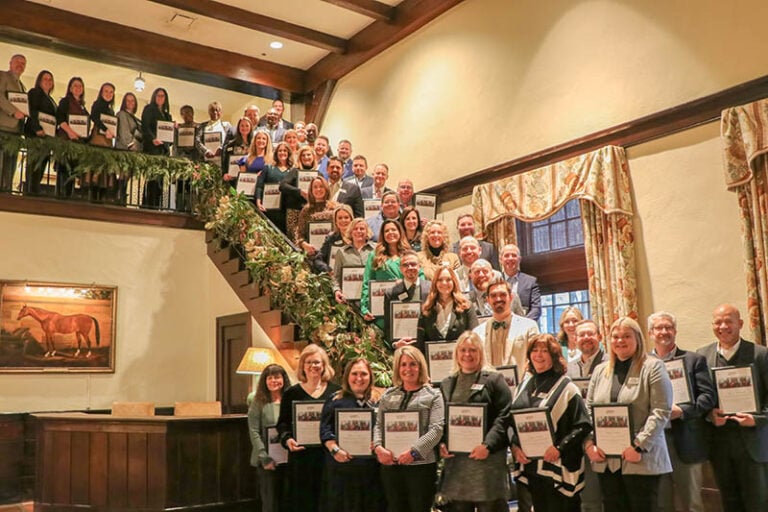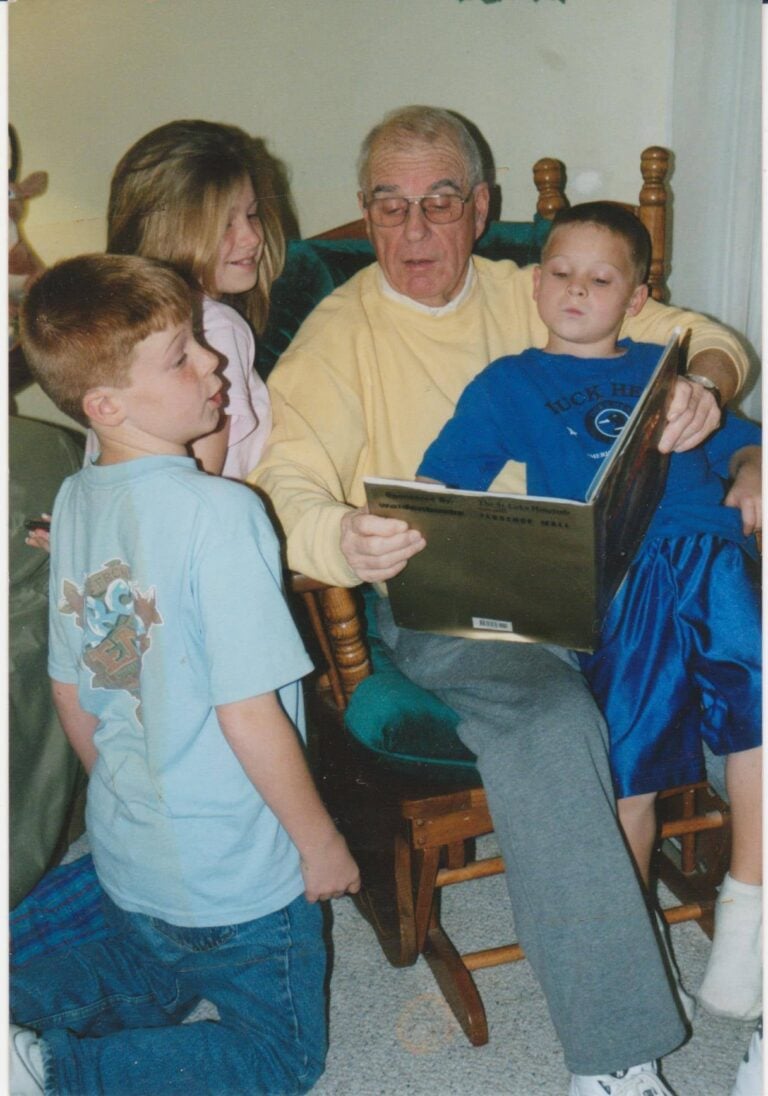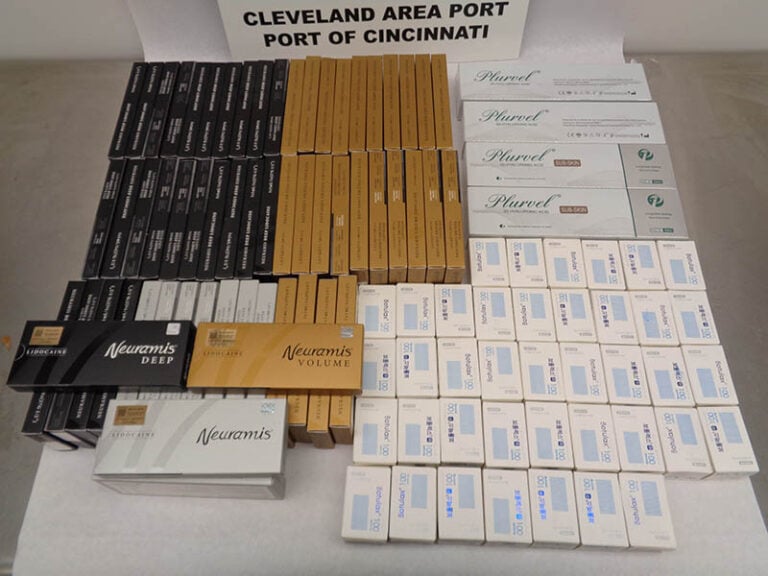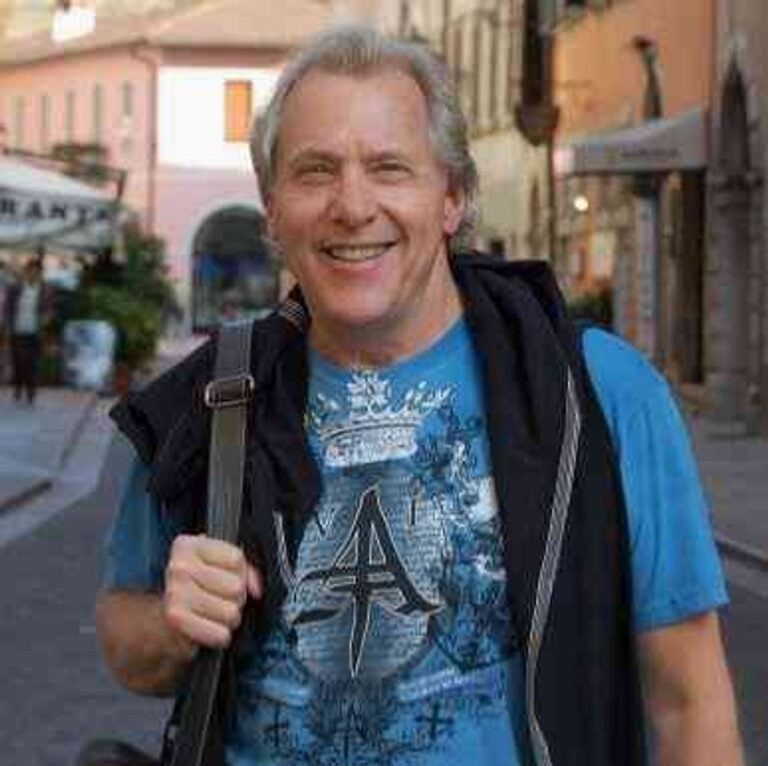By James Dady
Special to NKyTribune
At last. Jessica K. Whitehead’s “Driftwood,” her biography of Bellevue-born Harlan Hubbard, has been published by the University Press of Kentucky and is cause for celebration among all who cherish the art he made, and the art of how he lived.
Hubbard was, of course, an important Kentucky visual artist whose oils and watercolors of riverine scenes grace the walls of galleries and private collections even today, more than 37 years past his death.

Whitehead devotes many pages to an appreciation of Harlan as a visual artist and as a writer, but the book’s main theme is how Harlan and his wife Anna lived an utterly unique life in communion with nature and art. The modern expression for the Hubbards’ waste-not, want-not mode of living is sustainability. Harlan and Anna found dignity and purpose in their daily walk, done the old and slow way.
They lived, as John Updike said Vladimir Nabokov wrote prose, “ecstatically … in the intensity of its intelligence and reflective joy.”
Hubbard was a lifelong writer. His book “Shantyboat,” (1953), an account of the construction of a watercraft and the couple’s years spent drifting aboard it on the Ohio and Mississippi rivers, is still in print, still enthralling readers with the audacity of the adventure. His book “Payne Hollow,” (1974), also still in print and also beloved by succeeding generations, renders in granular detail the life he and Anna invented for themselves in a small riverside farm in Trimble County.
Harlan gave to “Payne Hollow” the subtitle “Life on the Fringe of Society.” With this phrase, he set his and Anna’s place at a remove from market capitalism, the worldly cul de sac of getting and spending.
The easy comparison has been to Henry David Thoreau, the nineteenth century writer and philosopher whose book “Walden” was an exercise in self-examination, reading, and writing while lodged in a simple dwelling at the edge of a Massachusetts woods. Thoreau was influenced by his friend Ralph Waldo Emerson and his embrace of Transcendentalism. Emerson himself followed in the path of Immanuel Kant, Thomas Carlyle, Margaret Fuller, and William Wordsworth. These thinkers stressed the mystical unity of nature, of God’s presence in man and nature, of self-reliance, and believed human intuition to be the highest source of knowledge. Wordsworth wrote of a “pervading being” in nature, a Presence.
Harlan read Thoreau and was inspired by him. But Thoreau plied the Concord and Merrimack rivers for two weeks; the Hubbards’ shantyboat adventure lasted seven years. Thoreau lived at Walden Pond for 26 months; Harlan and Anna lived together in their home-made cabin at Payne Hollow for more than thirty years.

And grandly did they live. Past his twenties, Harlan seldom lived in a building he hadn’t built himself — a house off Highland Avenue in Fort Thomas, a lean-to along the river at Brent while the shantyboat was under construction, a studio inspired by vernacular buildings he’d seen in Camp Springs, the shantyboat built mostly from found materials, including timbers rescued from a wrecked building in Covington, the Payne Hollow cabin.
The Hubbards evolved a set of standards for the objects and rituals of everyday life: is it beautiful and best-suited to its purpose? To be in their world a thing had to be artistic, authentic, original. In Mia Cunningham’s biography of Anna, “Anna Hubbard: Out of the Shadows,” are listed dozens of books the couple read together, often aloud – Robinson Crusoe, Shakespeare, Moliere, Forster, Audubon, James Still’s Kentucky novel, River of Earth, among many other works. An evening at Payne Hollow might end with the couple reading Proust aloud, in French.
The cabin at Payne Hollow was not wired for electricity. The heating plant was a home-made wood-burning furnace Harlan had installed in the basement. They were serious gardeners whose yields fed them the year round. A visitor calculated that Anna one year had put by a thousand quarts of food. The great hearth in the main room of the cabin was built from stones salvaged from an abandoned house nearby, and a copper tank scavenged from a local trash-heap. Harlan made the furniture with hand tools. A foldaway bed was concealed when not in use in a kitchen wall. A cabinet to store sheet music was faced with a door Harlan had made from driftwood. The Hubbards caught or grew most of their food, and bartered their surpluses with neighbors for other staples.
They kept bees and feasted on honey. They kept goats, for milk and meat. They drew their water from a rain-fed cistern built by Harlan and from a natural spring. Harlan built not only the couple’s now-famous shantyboat, but also a johnboat and a canoe.
Anna’s dexterous cooking with plain camp cookware was legendary. The Courier-Journal columnist Joe Creason wrote in 1954 that Anna “can whip up a soup using the backbone of a catfish that will make your palate do backflips.”

Harlan built by hand an outbuilding to use as a workroom and as a studio. He made an easel from abandoned barn boards.
Harlan played the violin; Anna the viola and piano. A striking image in the collection of photos in the book is one Anna’s upright being brought to the cabin with the help of a tractor. Later, a similar process was used to install a Steinway baby grand that had been in Anna’s family in Grand Rapids, Michigan. The Hubbards may have lived at the fringe of society, but they were as cultured a couple as one might encounter only once in a lifetime.
Harlan lived without a partner into his forties, and the linking of his fortune with Anna’s may be seen as the work of divine providence. They met when Anna was working as a librarian in the fine arts department at the Cincinnati Public Library downtown. Harlan had come to borrow art books. Anna was from a prosperous family. Before she came to Cincinnati she had earned a degree from Ohio State University.
In Ms. Whitehead’s descriptions of their early stirrings of feeling for each other suggests the soft flutter of butterflies’ wings. For their first date, Harlan brought his violin and the music for Cesar Frank’s Sonata in A minor, hoping for a duet with Anna at her apartment in Clifton. Much later, Harlan confided to his journal, “Anna was a wonderful accompanist. It was her strongest point, really. She never lost her place and she never lost me.”
To culminate their courtship, the couple settled upon an appointed day, April 20, 1943. It was as if only by avoiding every possible escape hatch that the nuptials could go forward. Anna rode the No. 7 B & O train out from town to Brent, where Harlan, by prearrangement, was to set fire to a newspaper and use it to flag down the train, and did.
The couple rode to Maysville, where a grumpy judge presided at the marital formality.

The 40-somethings then reversed course, alighted from the train at Brent, and hiked up the hill to Harlan’s studio to begin their life together.
The author
Whitehead, herself an artist and curator, spends many pages placing Harlan in the world of visual artists, She has carefully assembled samples of his work for the pages of “Driftwood.” It would appear that her feelings for it have migrated over decades of study from interest to admiration, to affection, then veneration, then love.
Whitehead traces Harlan’s evolution as an artist from largely representational to more abstract statements later in his career, when the artist’s emotional investment was subtler and less overt. His subjects seldom varied from the Ohio River and the hills and dales of the Ohio Valley. He worked in oil as well as watercolor. Bill and Flo Caddell, devoted friends and admirers of the Hubbards, published in 2021 selections from their collection, “The Watercolors of Harlan Hubbard,” an elegant hardbound production available from University Press of Kentucky.
Harlan produced oils by commission, including the “Spirit of Covington” mural above the proscenium in the theater at the Carnegie Center in Covington. He supplied pieces for both the Campbell County and Kenton County libraries. He produced a series of oils depicting the history of the City of Owensboro. The Behringer-Crawford Museum in Covington and Hanover College have been devoted presenters of Harlan’s work for decades.
Ms. Caddell, then Flo Fowler, attempted to catalogue all of Harlan’s paintings. She located 470 before she ran out of leads. Harlan also worked in the medium of woodcut, which is a form of relief printing that involves carving an image on a wooden block, with the raised areas inked, and the resulting image captured on paper. There is a fine sample from Mr. Caddell’s collection, “The Woodcuts of Harlan Hubbard,” also available from the University Press of Kentucky.
Whitehead places Harlan in the stream of art history as a regionalist dedicated to rendering the beauty in nature. She sees him in a group that includes Charles Burchfield, John Marin, and Marsden Hartley. His great friend and admirer Wendell Berry has written that Harlan tried to paint heaven when he painted nature.

Harlan wanted the world to see and feel the beauty he’d found there. Perhaps the ultimate encounter with the Hubbard art is to view one of his lustrous oils, with his ochre and cobalt palette inspired by a Campbell County country scene, encased in one of his home-made driftwood frames. The notes to “Driftwood” report that Whitehead interviewed Harlan in 1987, the year before his death, and so her engagement as a Hubbard historian and archivist dates from at least then. Her research reveals what might be a singular event in the functioning of the art market: Harlan packing a group of his pictures into his johnboat and riding them over to the Indiana shore of the Ohio for a show at Hanover College.
Harlan’s family life
Whitehead’s account of Harlan’s family life is one of her book’s many virtues.
Harlan’s parents Frank Hubbard Sr. and Rose Swingle Hubbard settled in the West End of Cincinnati in the 1880s, then in an apartment in downtown Bellevue, then to a house Frank Sr. built on Grandview Avenue near what is now the CSX rail line bisecting Bellevue, where Harlan was born in 1900. He had two older brothers, Frank, Jr., and Lucien, called “Louie.” Frank, Jr., encouraged Harlan’s artistic efforts and he and Louie would let Harlan tag along as they explored the hills, woods, and fields of what was then a much-less developed quarter of northern Campbell County.
Frank Jr. also drew at an early age and became a successful commercial illustrator in New York. He made possible a long sojourn there for Rose and Harlan after Frank Sr. had died. Harlan attended the academically rigorous Evander Child High School in the Bronx where he learned to love Virgil and other literary masters. He immersed himself in the glories of New York museums and galleries. “My ideas of painting were formulated in those years … in New York.” He roamed the natural New York world – its rivers, palisades, parks; spent a summer working for a benevolent family on their farm near Cortland, New York. “The New York years were happy days for me,” he wrote.
Louie began a career in the writing trade as a cub reporter for the Cincinnati Times-Star. He moved on to become night city editor of the Chicago Daily News and night editor of the New York Times. In the tradition of many a workaday journalist, he wrote screenplays on the side. Eventually his work in fiction began to sell. He moved to Hollywood, where some of his movie treatments went into production. Louie became a highly-successful producer and screenwriter. His production, “Wings,” won the first Academy award for best picture in 1927. In a collection of photographs there is a photo of Rose together with Louie, the latter looking every inch the Hollywood mogul, outside his house in Beverly Hills. Louie has his own Wikipedia page.

Bonds of family and shared economic necessity bound Rose and Harlan together through Harlan’s young manhood. Rose did not encourage Harlan’s ambitions as an artist. Harlan worked at odd jobs, but spent much time haunting the woods and hills around Fort Thomas, and fueled his passion to experience the Ohio River and be among river folk. Among those he met in his riverside rambles were transient workers who built shacks along the river and lived in abject poverty. He also pursued his vocation as an artist. He was indifferent to all possible schemes of “getting ahead” by conventional work.
Whitehead describes a “fissure in his soul carved by a rushing river of discontent.” Rose suffered a stroke and died in 1943. Perhaps Whitehead is too tactful to say so, but Rose’s passing enabled Harlan to realize his dreams of a life on the river with Anna, first in the seven years devoted to the shantyboat adventure, and then for the rest of their lives in primitive bliss beside the Ohio at Payne Hollow.
Harlan Hubbard she writes, lived out with Anna until her death in 1986 “a radical countercultural experiment that formed his real creative genius, living according to an ethos of boundless innovation and optimism,” fueled by a craving for the American landscape.
Of his relationship to the world and his place in it, Harlan wrote,” There may be times when it is fitting to employ machines, to let the specialists do it. In the long run, it may work out differently; that which must be done for you by a million others better be left undone.”
His enduring life project until its end at age 88 was to live well. He wrote, “There is but one great man. That is he who makes a masterpiece of his life.”
James Dady is an attorney and former journalist who lives in historic Bellevue. He is a graduate of NKU’s Chase College of Law, was awarded the KBA’s Bruce Davis Award, and has been an active volunteer in Bellevue. He served in various positions with The Kentucky Post, including as Frankfort bureau chief.






















Great piece, Jim. Thanks for sharing this story about a remarkable couple who lived an inspired life. I’m looking forward to reading this book.
Jim, thank you for a wonderful article. Hope to see you at the opening at Behringer Crawford!
As I served as Executive Director at Baker Hunt in Covington, a story arose that Harlan had an art show at the Carnegie. He stayed at BH and made a quick exit to Payne Hollow the next morning. He couldn’t stand the City